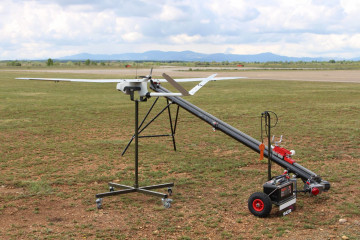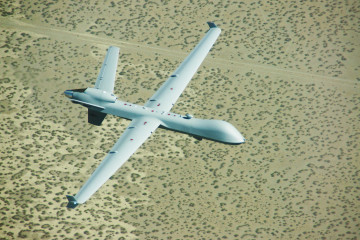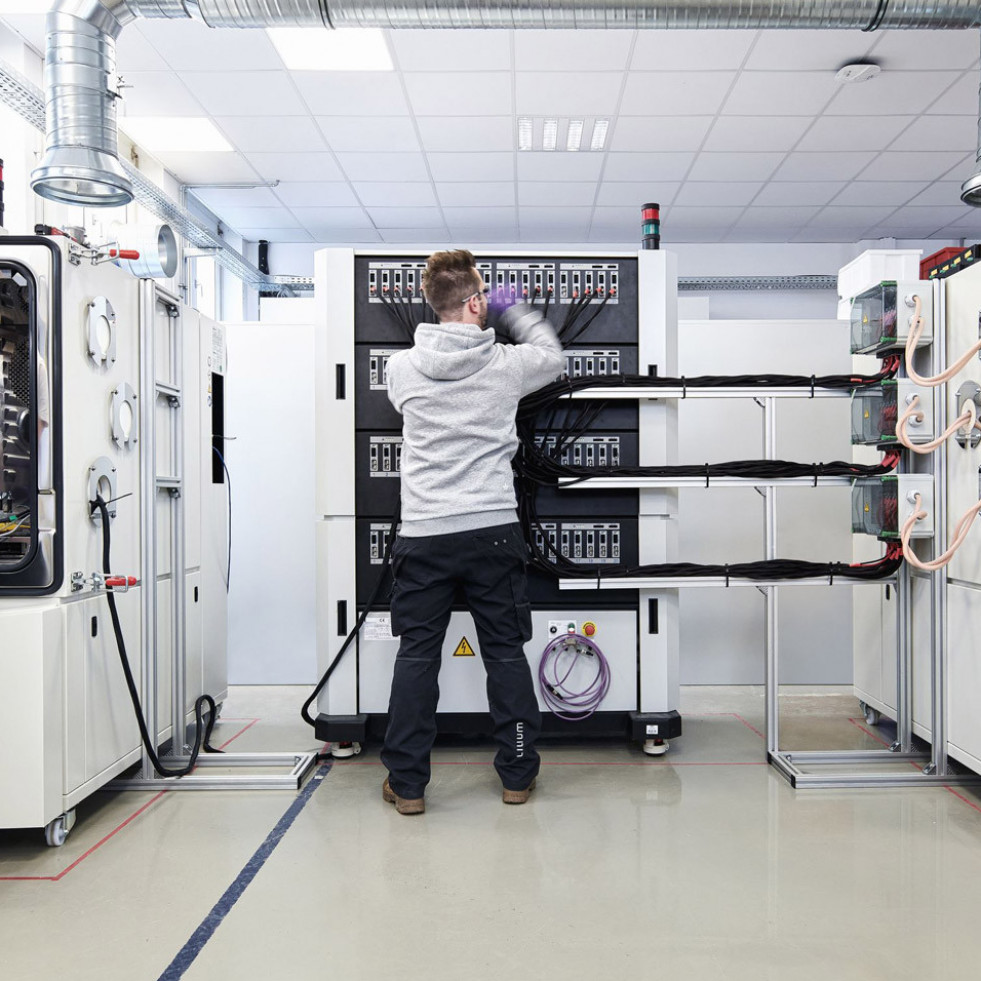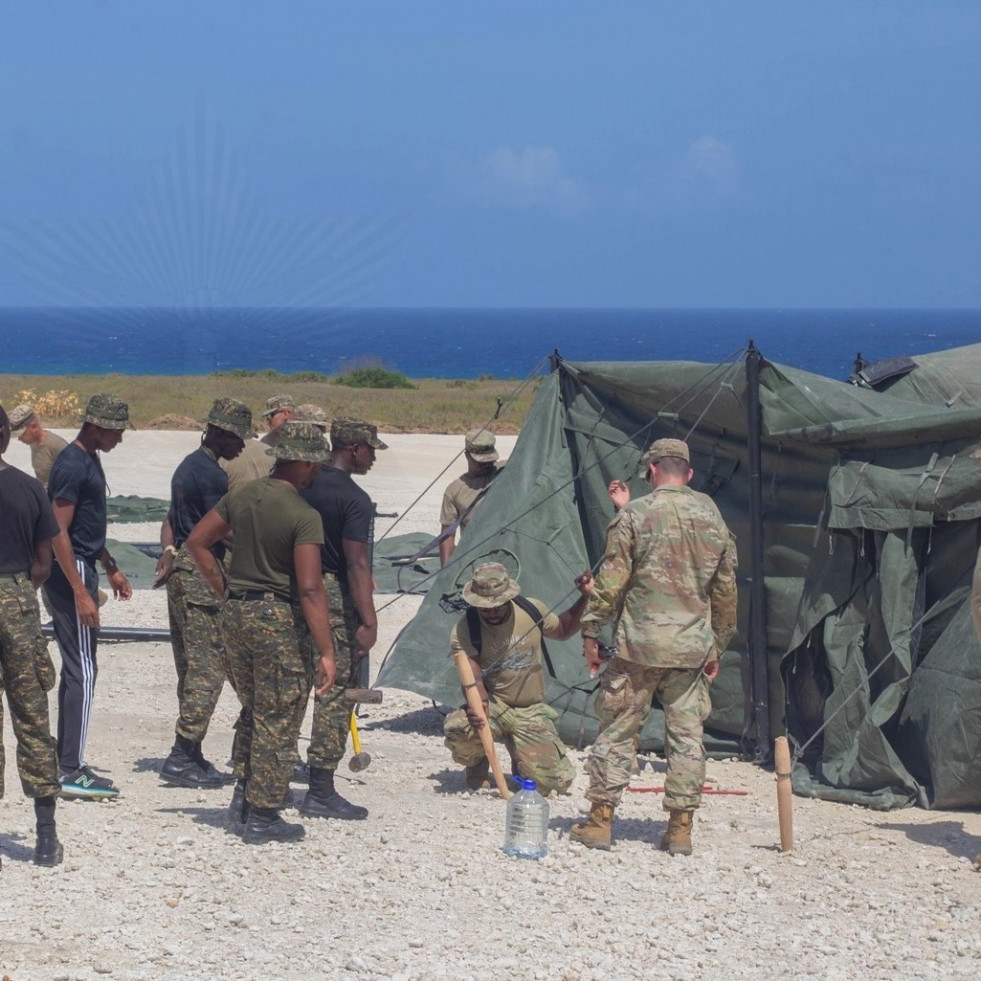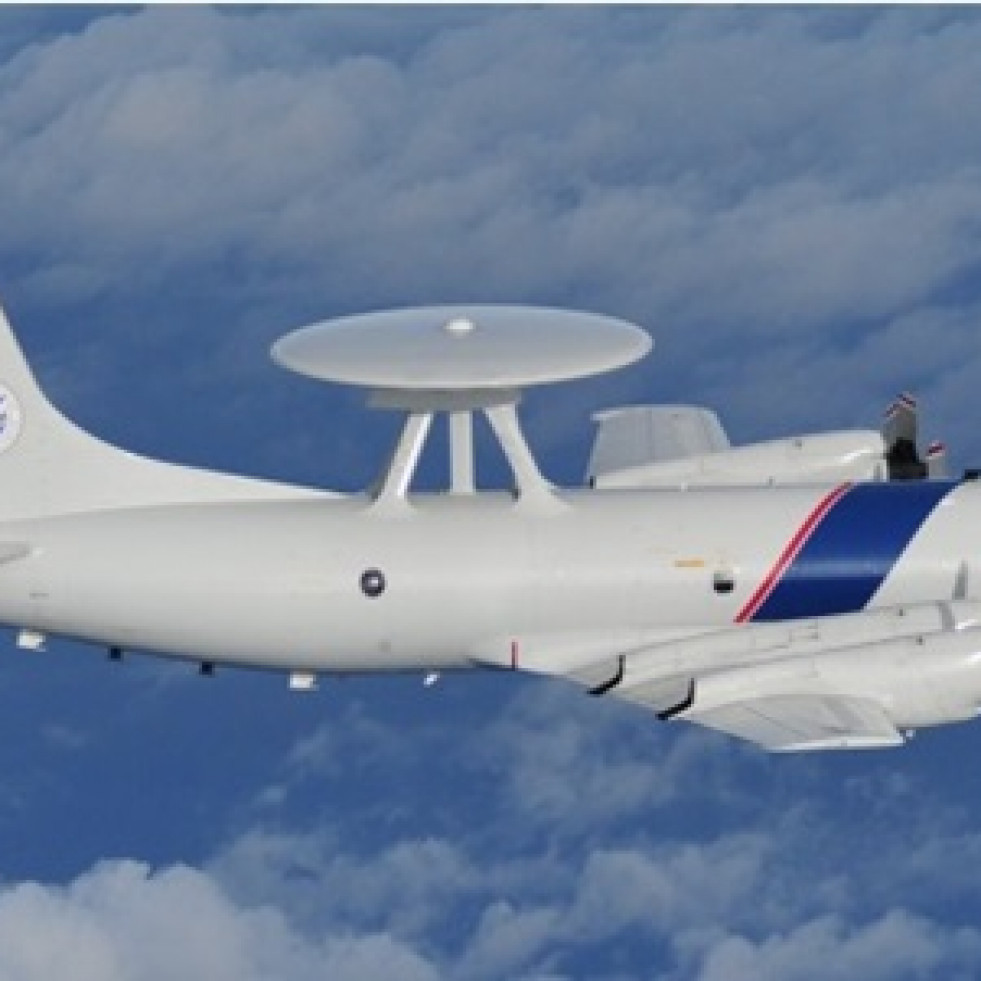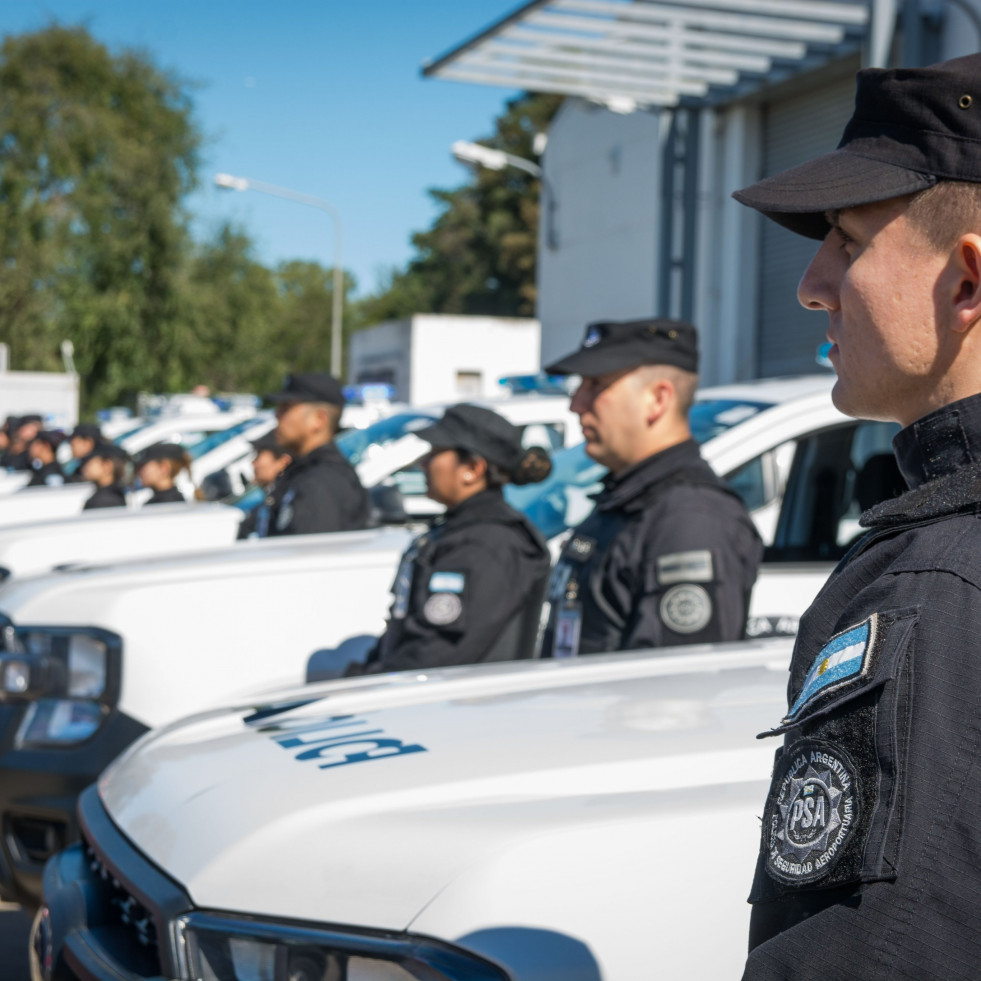Brig. Gen. Juanas Spain AF: "Future RPAS will be prepared to operate alongside manned aircraft
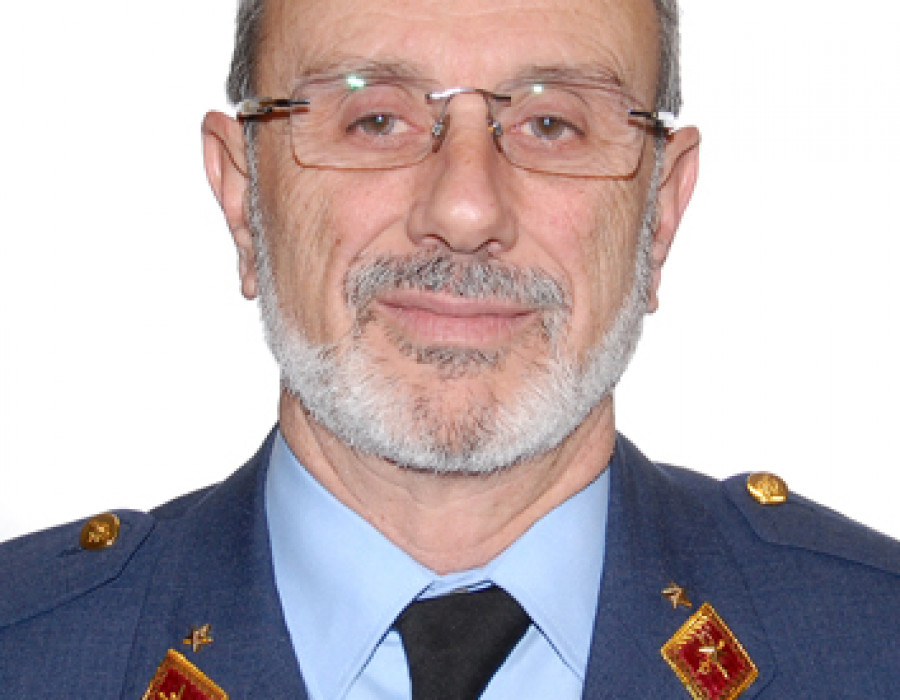
The chief of operations of the Spanish Air Force’s general staff, Brig. Gen. José María Juanas García, is set to moderate a roundtable titled Integration into Airspace: A Challenge, which will take place on Wednesday, May 30, as part of the conferences at the European RPAS summit, UNVEX S&D, that is being held in the northwestern Spanish city of León.
General Juanas García explained in an interview with Infodefensa.com some of the challenges surrounding the integration process of remotely-piloted aircraft systems (RPAS) into airspace.
What is the current status of RPAS integration into airspace?
Since military RPAS now do not possess systems that can guarantee a safe operation in coexistence with manned aircraft, all operations are currently taking place in segregated airspace, as stipulated per Spanish law. Exceptionally, present regulations allow the possibility of manned aircraft operating within the segregated airspace designated for military RPAS, if it is expressly authorized for exercises, test flights, or similar activities. Procurement plans for future systems, especially those with a medium or long range and a high degree of autonomy, contemplate the possibility of including equipment that allow them to operate in an integrated manner with manned aircraft: the specific conditions for this integration will always depend on the legal developments at a domestic and European level and of the capabilities that are provided by our technical means.
And the remaining RPAS?
Regarding the other military RPAS, for those whose flight takes place within the pilot’s visual line of sight, or that of observers in contact with the pilot (who will be able to fly within the non-segregated airspace, with the pilot being responsible for guaranteeing the operation’s security and avoiding collisions with other aircraft), plans are for them to continue operating mostly in segregated airspace, due to the specific nature of the missions they undertake.
The Air Force is closely monitoring projects such as U-space, with the aim of analyzing the possibilities it can offer to operations of military RPAS in said environment as well as anticipating the possible implications that operations with a high number of remotely-piloted or automatically-piloted aircraft could have for certain military activities (low-altitude flights, search-and-rescue, surveillance, fire extinction, etc.) or for the military facilities’ own security. The operation of military RPAS within U-space will be evaluated based on the conditions and requirements for said operation.
Are there sufficiently-directional market solutions available so as to be able to safely integrate RPAS into urban spaces?
Airspace monitoring in populated areas enters the domain of public safety. The Air Force, as a representative of the Ministry of Defense, takes part in the working group on drones led by the Secretary of State for Security, which also evaluates and determines the technical requirements for the various components of C-RPAS (Counter-RPAS) systems. Currently, armies have technologically-advanced anti-drone systems available to them that are adequate for their missions and interventions but are not completely ideal for use in urban environments.
Why are they not well-suited for urban settings?
Because these detection systems aren’t suitable in urban settings, where there are many shielding effects and radioelectric interferences that prevent an effective detection. In military missions, identification is a relatively simple process, but in a public urban setting the requirements for identification that would be implemented in all drones have yet to be determined, nor do we possess the technology needed for that; also, we need to keep in mind the oversaturated radioelectric space in which they operate. In addition, the interaction process is relatively non-existent in military operation areas, whereas in populated areas, the likelihood of there being incidents during the drones’ landing, for example, markedly increases.
What are the needs, in terms of RPAS use in the Air Force, in units for specific missions?
Our needs are coupled with the features and capabilities provided by the system: permanence, stealth, a lower operational cost and, above all, the possibility of transmitting information (mainly images) live or NRT (near real-time) for decision-making or intelligence-gathering purposes. Although this is not the crux of the matter, it could also be oriented toward obtaining/maintaining the same capabilities as the countries in our orbit so as to not miss the technological boat nor the initiative when it comes to their use in future scenarios.


